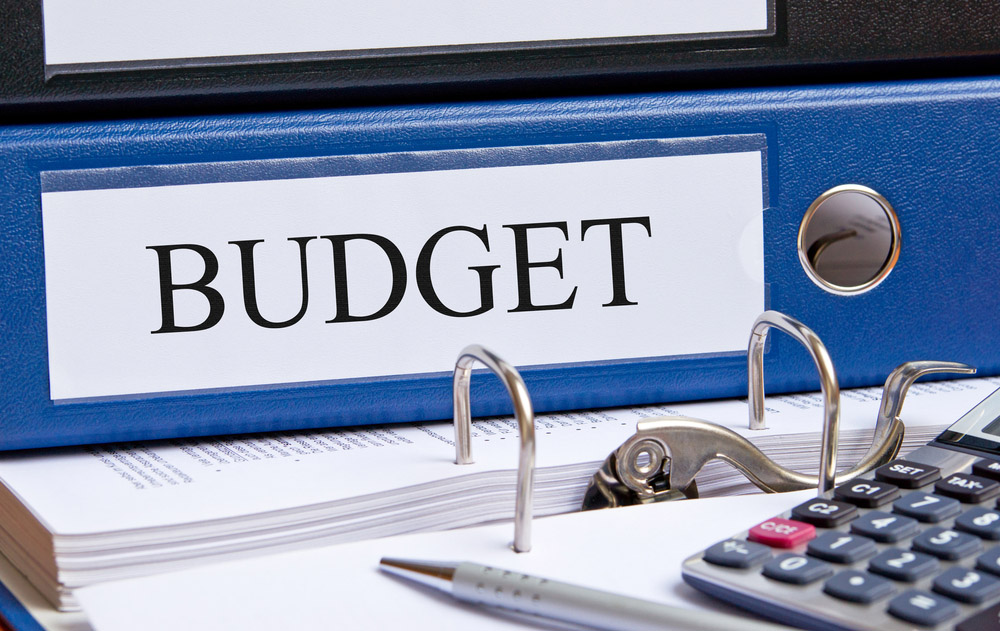Are You Making One of These 5 Common Budget Mistakes?

If you don’t know where your money is going, and if you’re not diligently saving it, you’ll lack the resources to build a comfortable future for yourself and your loved ones.
A budget, or spending plan if you like, is simply a tool…nothing more, nothing less.
And since it’s a tool, you’ve got to use it yourself…you can’t count on it to do the hard work for you!
That said, however, you can make your budget fit you and your lifestyle, not the other way ‘round.
If your budget isn’t doing its job, or you’re having a tough time sticking to it, perhaps it’s time to take a closer look at what you’re doing.
It could simply be a matter of a few tweaks here and there to get your financial life straightened out.
Here are some of the most common budget mistakes:
1. Using a budget to track bills, but not overall monthly spending
A successful budget will not only allocate your spending, it will help keep your spending aligned with your goals.

2. Failing to track your budget
Tracking your budget will also help you prioritise your spending.
For example, if you’ve decided to start investing in houses to make saving that deposit more of a priority you can adjust your budget more quickly if you’re staying on top of it each month.
3. Not tracking credit card spending
If, for example, you’ve set a budget of $50 per month on clothing, that figure should be maintained, whether you’re paying cash or credit.
Commit to paying off your credit cards in full…you should never use credit to fund a lifestyle your income cannot afford.

4. Setting an unrealistic budget
The same is true of your spending.
If you’re unsure how much you should set aside for each spending category, a quick check of the web will provide countless tips and strategies for setting a livable budget.
Don’t let your plans for tomorrow infringe on your life today. Balance is important to avoid burning out part way towards your goals.
5. Pick the right budget type for you
For example, if you’re uncomfortable with a “miscellaneous” category then don’t create one…use detailed categories to track your spending.
If an overview of your spending works for you, pick a budget management strategy that is less detailed…for example an “80/20” or “60/40” type of budget that involves spending percentages.
Consider factors such as your own personality, your patience for technology and your willingness to keep track of your spending when deciding on the type of budget and the process you’ll use (e.g. electronic or “old school” pen and paper).
Be accountable
No matter how much time and thought you put into creating a budget, remember that it’s a pointless endeavour unless you actually use it.
If you’ve set up budgets every year and failed at each one…not an uncommon thing to happen…get help.
Enlist the help of someone…a friend or family member is great, but even better, find a disinterested third party who can help keep you accountable. Ask him or her to routinely check in with your budgeting status until tracking your spending becomes a routine part of your life.
If you want more tips about your Property Investment strategy, book a FREE consultation with one of our expert Investment Coaches to discuss your situation and investing goals.

Take the Next Step
Investment Property Financing – Comprehensive Guide 2023
You won’t get very far as an investor without...
Ultimate Property Investment Strategy Guide 2023
Which Property Investment Strategies Will Make...
How to Build a Property Portfolio with $100k or Less
Starting your property investment journey can...






